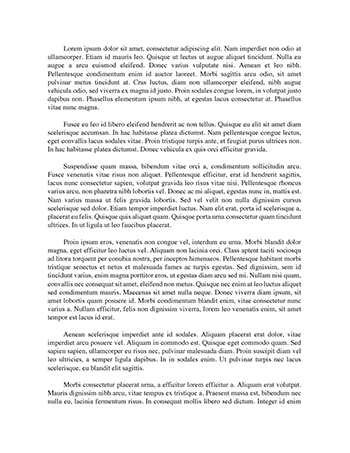1. The Influence of Cognitive Distortions on Mental Health:
- How do cognitive distortions, such as catastrophising, overgeneralisation, and black-and-white thinking, contribute to the development and maintenance of mental health issues like anxiety, depression, and PTSD?
- Explore the role of cognitive restructuring techniques in challenging and modifying dysfunctional thought patterns, thereby improving mental health outcomes.
2. Attachment Styles and Their Impact on Relationships:
- Elaborate on the different attachment styles, including secure, anxious-preoccupied, dismissive-avoidant, and fearful-avoidant, and their formation during childhood.
- Analyse the effects of attachment styles on romantic relationships, focusing on how they influence communication, trust, intimacy, and....


